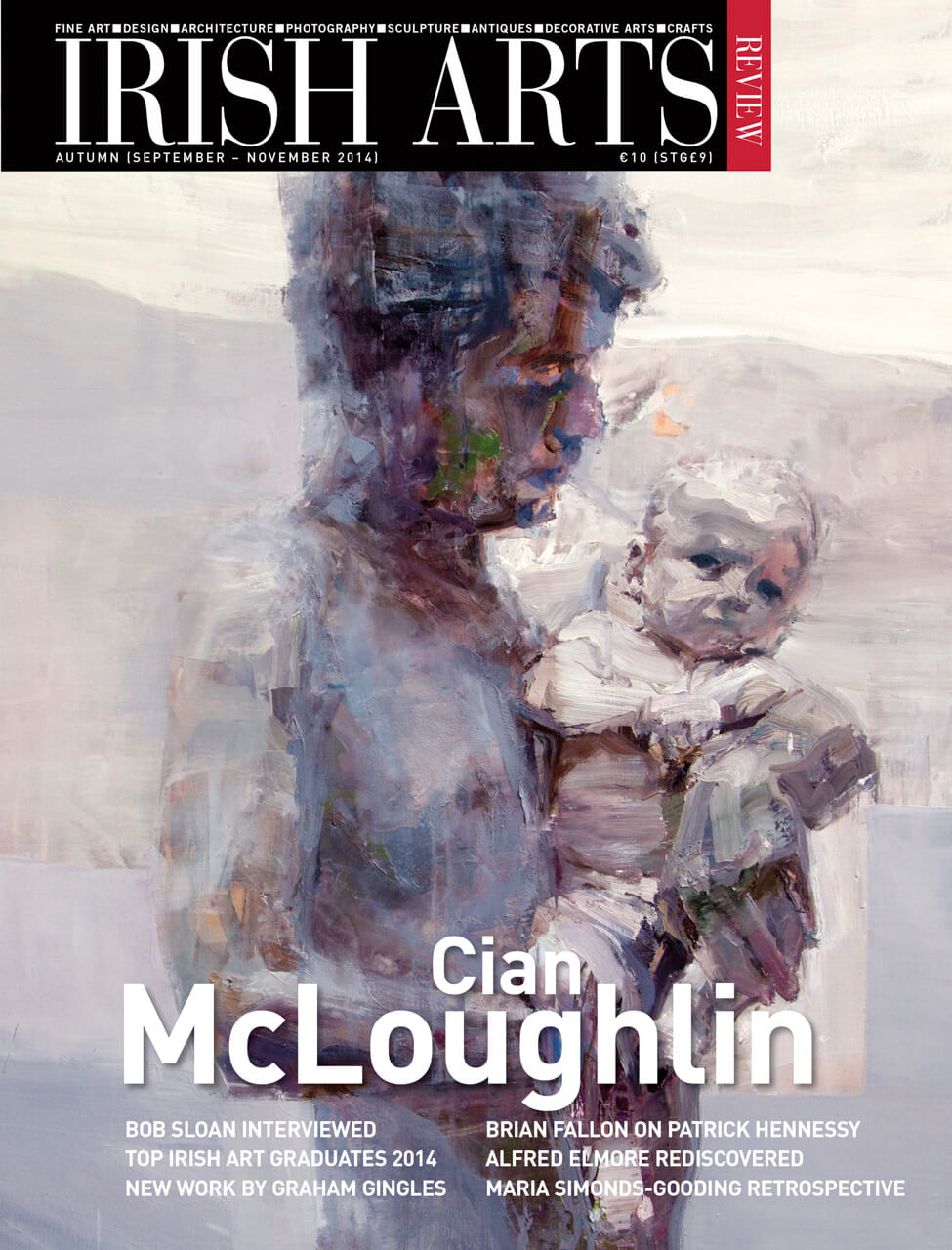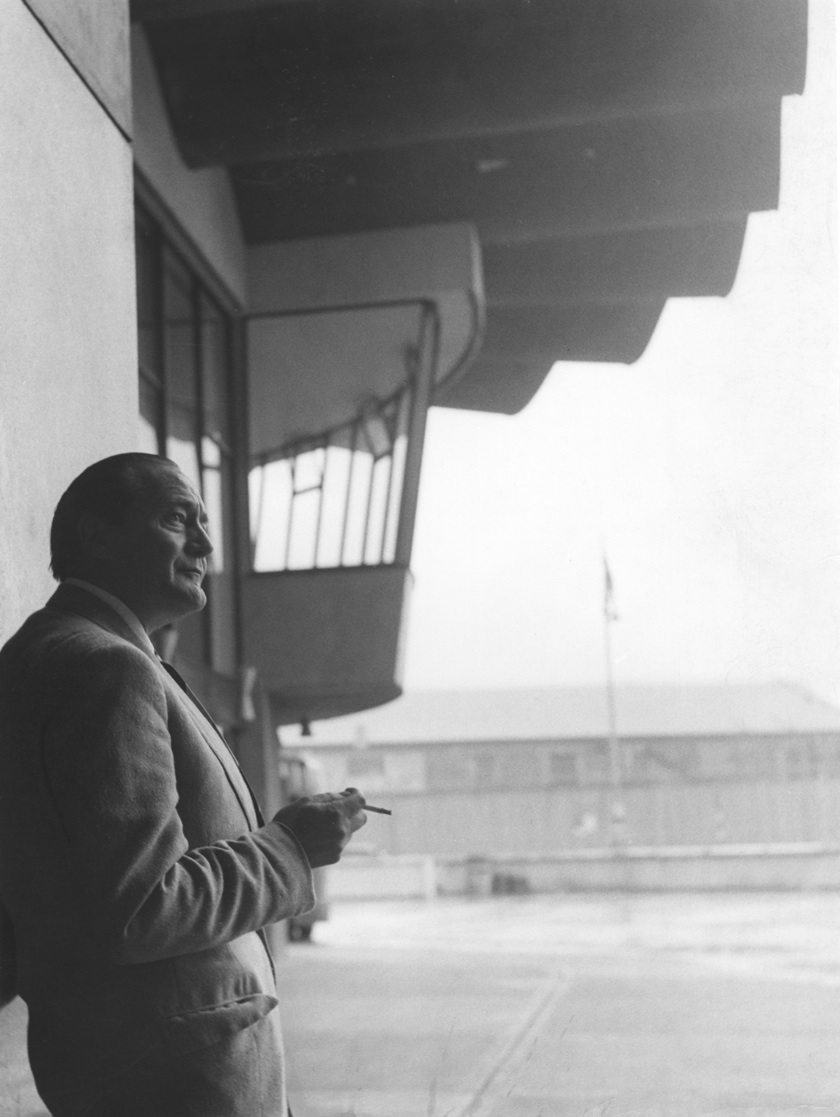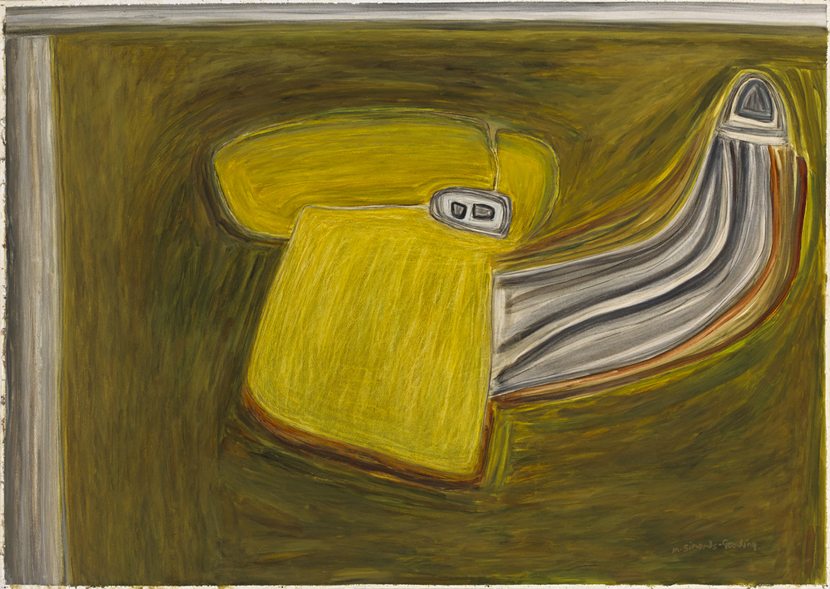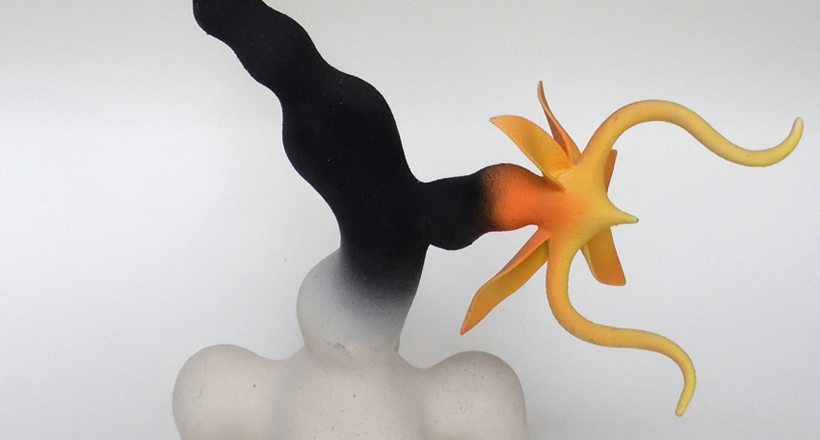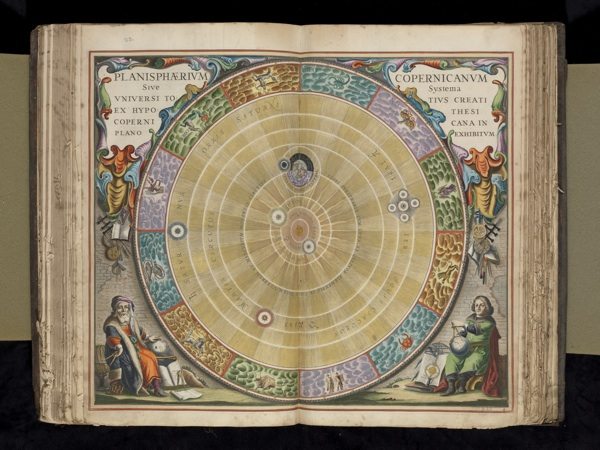
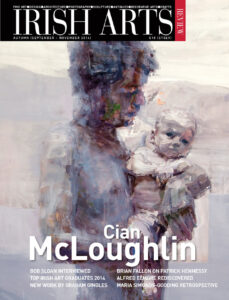
Fionnuala Croke presents a selection from the panoply of objects d’arts on view at the Chester Beatty Library’s ‘A to Z’ exhibition
In the reflections he recorded for an unpublished biography, Chester Beatty related how he went to an auction with his father at the age of ten and secured a fine piece of pink calcite for the princely sum of ten cents (CBL Archives). That was in 1885: by the time of his death in his 93rd year, Chester Beatty had assembled what many regarded as the finest collection in private hands. Who would have imagined that this American-born mining engineer who made his first fortune working for the Guggenheim family’s exploration company, and who went on to become a British citizen (in 1933) while leading his own international mining conglomerate from London, would relocate to Ireland at the age of seventy-five – bringing with him the collection he had spent a lifetime joyfully acquiring? The move certainly took his friends and associates, not to mention the ‘British authorities’ by surprise; and no doubt their shock turned to dismay when he announced his intention to bequeath the collection to the Irish nation.
Almost fifty years later, the Chester Beatty Library has gone from strength to strength. Regarded with affection and pride by Irish citizens, it is admired and enjoyed by visitors and scholars from all over the world. This summer, the Library opened a new exhibition designed to showcase the multiplicity of Beatty’s remarkable collection. From ‘demons’ to ‘kings’, from ‘fans’ to ‘wings’, using the alphabet as a prompt, the selection draws upon rarely seen material from across the Western, Islamic and East Asian Collections.
L is for Lacquer and the five Japanese incense boxes (kobako) on display are, even to an untrained eye, clearly of the highest quality and craftsmanship (Fig 3). One is realistically crafted in the form of a lute. The artist has reproduced the cover in imitation wood grain with a decoration of dragons within a panel of gold lacquer. Inside the lid there are three further musical instruments in gold and brown lacquer. Another kobako replicates a bundle of miniature silk-covered scrolls tied together with a ribbon in gold and coloured lacquer (hiramaki-e). Just such a scroll in an adjacent case illustrating a Japanese Noh play (N is for Noh) reinforces the fidelity of the illusion created in lacquer. The boxes are also embellished inside and are so pristine that one suspects they were treasured by their owners rather than used to store Japanese incense at any time.
Who would have imagined that this American-born mining engineer would relocate to Ireland at the age of seventy-five – bringing with him the collection he had spent a lifetime joyfully acquiring?
S is for Simurgh and where else would one find a Simurgh in Ireland if not in the Chester Beatty Library? From the early years of the 20th century, Beatty was collecting leaves of the Shahnama, the Persian Book of Kings, written by Firdawsi in 1010. The Simurgh, a fabulous bird-like creature with long flowing tail feathers, features in this epic poem and one of the most dramatic and memorable depictions in the Chester Beatty collection is the 16th-century painting of the Simurgh carrying the hero Zal to her nest (Fig 2).
Unsurprisingly, when one considers the international lifestyle and broad interests of Chester Beatty, T is for Travel. Just a handful of 16th-century travel books have been highlighted from Beatty’s collection of rare printed books. However, it is under Z is for Zodiac that we find Andreas Cellarius’ Harmonia Macrocosmica of 1661, with its hand-coloured double-folio celestial maps depicting theories from astronomers such as Copernicus (1473-1543). This plate, with a portrait of Copernicus on the right, illustrates his heliocentric universe with rays extending from the sun at the centre, and features the signs of the zodiac that are still in use today (Fig 1).
When Chester Beatty moved to Ireland in 1950, he was seriously considering how he could turn what had been a private passion into a cohesive and enduring legacy. It is Beatty’s own interest in world cultures, and his desire to share his collections, that still inform the ethos of the Chester Beatty Library today – and provided the rationale for this exhibition.
‘Chester Beatty’s A to Z: from Amulet to Zodiac’
The Chester Beatty Library, Dublin until 1 February 2015.
Images © The Trustees of the Chester Beatty Library, Dublin.
Fionnuala Croke is Director of the Chester Beatty Library and is the editor of Chester Beatty’s A to Z: from Amulet to Zodiac exhibition catalogue.
